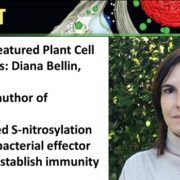
Recognizing featured Plant Cell first authors: Diana Bellin
Blog, Research, Research Blog, The Plant Cell, The Plant Cell: Author ProfilesDiana Bellin is featured author of Host-mediated S-nitrosylation disarms the bacterial effector HopAI1 to re-establish immunity
Current Position: Postdoctoral fellow, Plant Systems Engineering Research Center, Korea Research Institute of Bioscience & Biotechnology, Daejeon, South Korea.
Education: PhD,…
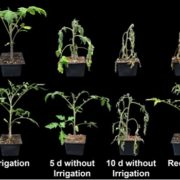
The tomato DELLA protein PROCERA acts in guard cells to promote stomatal closure
Blog, Plant Science Research Weekly, Research, Research Blog, The Plant CellNuclear accumulation of DELLA proteins induces transcriptional reprogramming and is well known to suppress the gibberellin (GA) pathway. While DELLAs can negatively regulate GA, increased GA levels can also signal DELLA degradation. GA is a growth-regulating hormone that is also involved in inhibiting…
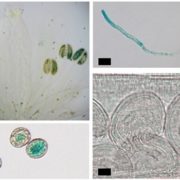
The kinase ERULUS controls pollen tube targeting and growth in Arabidopsis thaliana
Blog, Plant Science Research Weekly, The Plant CellPollen cells have a fascinating ability to transform from a small spherical cell to a very elongated shape known as the pollen tube (PT) during fertilization. Pollen cells must navigate through the female tissue, find an ovary, and burst to release the two sperm cell nuclei as well as the vegetative…
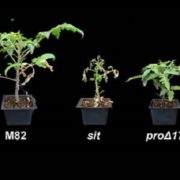
Guarding the Gates: How PROCERA Helps Keep Tomato Plants From Wilting
Blog, Research, Research Blog, The Plant Cell, The Plant Cell: In BriefPlants have two major ways of dealing with drought stress. First, when water levels are low, the phytohormone abscisic acid (ABA) induces stomatal closure. Soon after, growth, flowering, and fruit development take a back seat to plant survival. This suppressed growth is mediated by decreased activity…
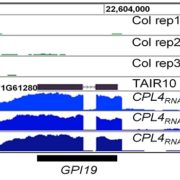
Granting an Extension: mRNAs Produced by Read-through from Small Nuclear RNAs
Blog, Research, Research Blog, The Plant Cell, The Plant Cell: In BriefThe C-terminal domain (CTD) of RNA polymerase II (Pol II) extends from the catalytic core and consists of repeats of a seven-amino acid motif. The CTD functions in the regulation of Pol II function and is subject to just about every protein modification you can think of, including methylation, acetylation,…

Disarming the Assassins Within: Plant Cells Use S-Nitrosylation to Deactivate the HopAI1 Effectors
Blog, Research, Research Blog, The Plant Cell, The Plant Cell: In BriefThe assassin who injects a bead of poison by stabbing his victim with the tip of his umbrella has got nothing on plant pathogenic bacteria such as Pseudomonas syringae, which injects dozens of effector proteins into plant cells. These effectors act as tiny assassins to take out host defenses by diverse…
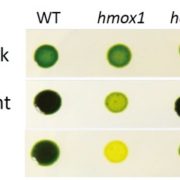
Blue Light Perception via Chlorochrome? — Give Us the Greens of Summer
Blog, Research, Research Blog, The Plant Cell, The Plant Cell: In BriefWhat do photosynthesis, neonatal jaundice, and a next-generation solar cell have in common? All involve tetrapyrroles, complex molecules with four linked pyrrole rings, each ring containing one nitrogen and four carbon atoms. Tetrapyrroles exist in either cyclic or linear form and have a wide variety…

Nanopore Sequencing Comes to Plant Genomes
Blog, Research, Research Blog, The Plant Cell, The Plant Cell: In BriefThe next generation of next-generation sequencing is upon us. Third-generation sequencing aims to provide long stretches of sequence – ultimately to the chromosome level – at bargain basement prices. Progress is being made toward those goals with the emergence of long-read sequencing techniques and…
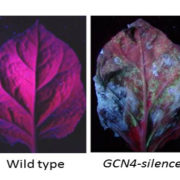
How Plants Keep Troublemakers Out and Water In
Research, The Plant Cell, The Plant Cell: In a NutshellKaundal et al. examine how a protein keeps plants safe from invading pathogens and dehydration http://www.plantcell.org/content/29/9/2233
By Amita Kaundal, Vemanna S. Ramu, Kirankumar S. Mysore
Background: To cause disease in plants, bacteria must enter plant tissue and multiply. Bacteria and…

